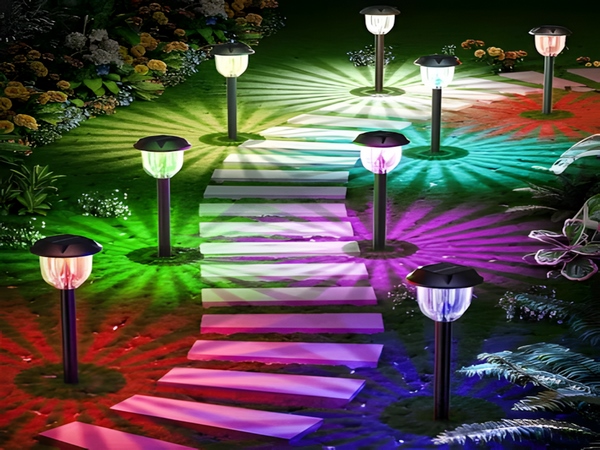

Generally, streetlights are powered by electrical communication, and even LED streetlights are rectified to direct current for power supply. The issue of power resources is becoming increasingly serious. Currently, research focuses on energy conservation and environmental protection, and solar streetlights are recyclable and pollution-free. As a result, more and more cities are replacing traditional streetlights with solar streetlights, which protect the environment and reduce fiscal expenditures.

The components of solar streetlights include solar panels, solar controllers, batteries, LED driver modules, LED streetlights, and light poles. The system composition block diagram is as follows.
The function of the solar panels is to collect sunlight and convert it into electrical energy, making them the core component of solar streetlights. When selecting solar panels, one should consider output voltage, output current, peak power, and conversion power. The output from solar panels is direct current.
The controller plays a crucial role as the brain of the entire system, primarily handling the charging and discharging functions. During the day when light is strong, the controller shuts off the streetlights, allowing the solar panels to charge the batteries; at night, the controller turns on the LEDs and controls battery discharge, converting the voltage to the appropriate working voltage for the LEDs. The controller contains a light control module, typically made up of a light-sensitive resistor.
The function of the battery is to store electrical energy, which is harvested during the day for illumination. At night, under the control of the controller, the battery supplies power to the LED lights, enabling them to emit light for illumination. In general, traditional streetlights are transitioning to solar intelligent streetlights, leading to an increased demand for solar panels, solar controllers, battery lamps, and LED drivers.



